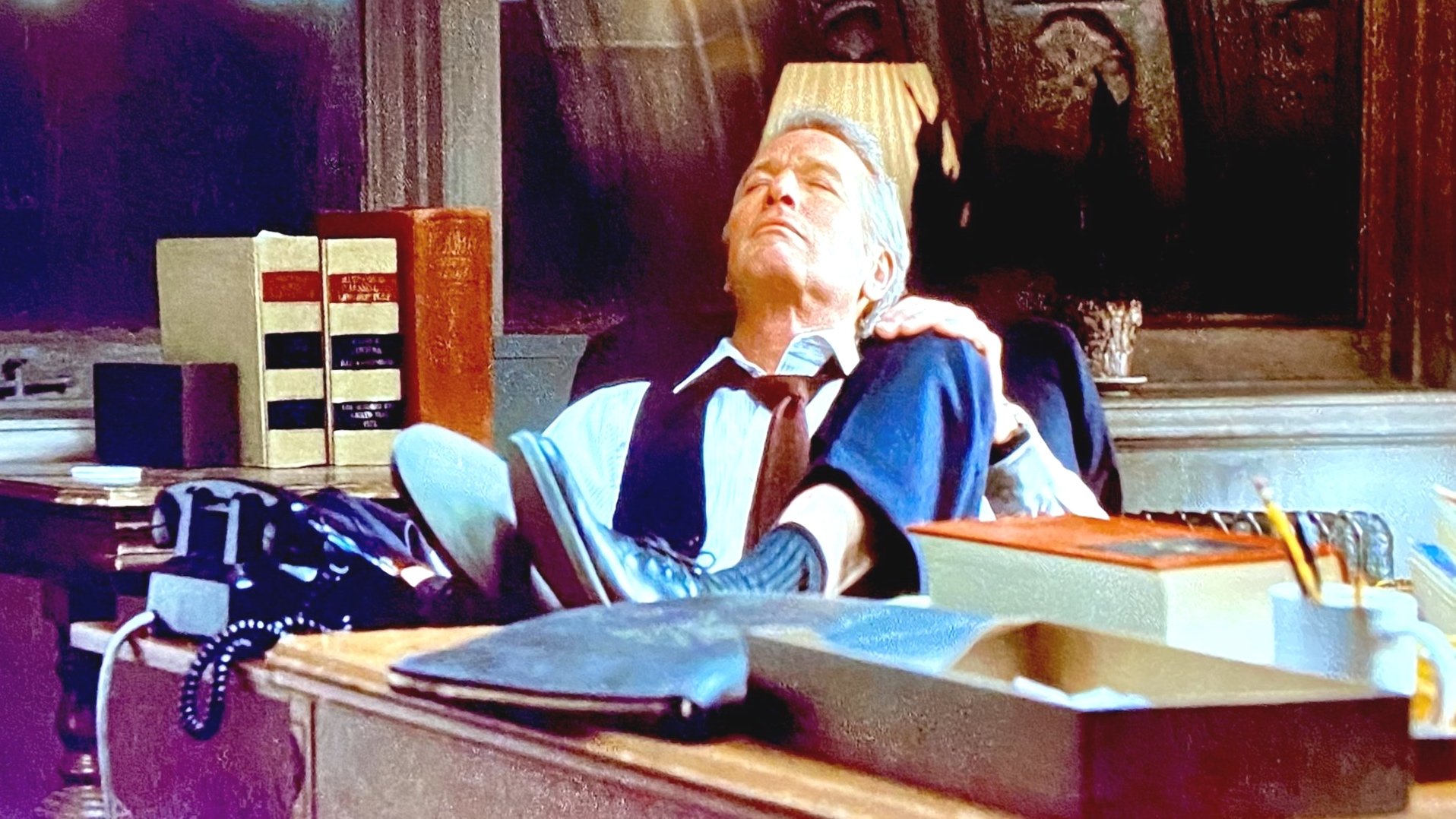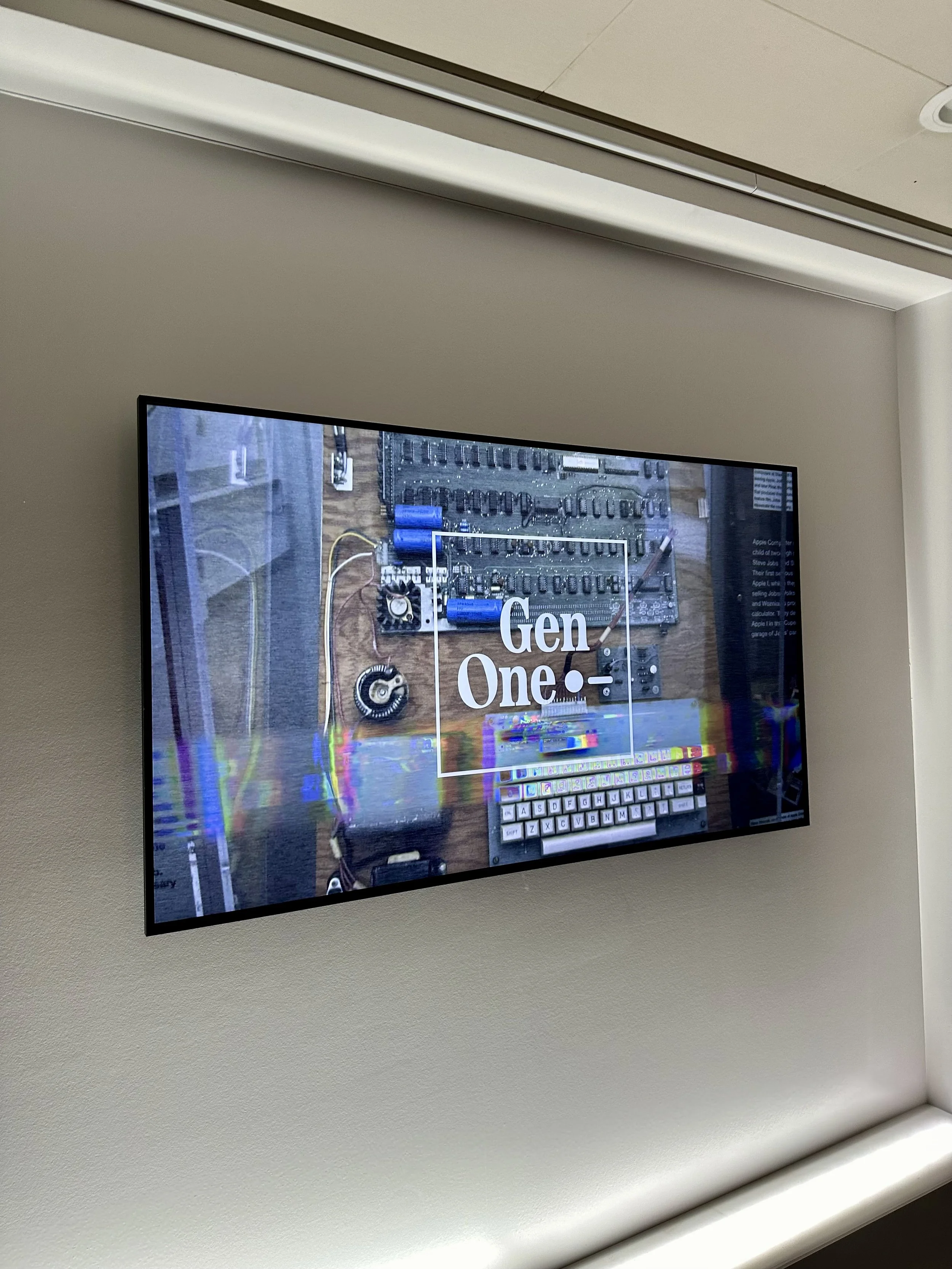The Verdict: Top Doctors Reach A Low Point
The Verdict (1982) with Paul Newman highlights how “top” doctors at “top” medical institutions are not as transparent, talented or professional as expected. Throw in the name Harvard Med and anyone will cease to ask follow-up questions or raise concerns about bedside manner and malpractice.
Newman plays a disgraced, “ambulance-chasing” attorney in this five-time Oscar-nominated drama adapted from lawyer Barry Reed’s book.
A woman is left in a coma after a routine delivery due to perceived negligence. But the family, who is struggling with medical bills, can’t get proper legal help to reach a settlement. The only one that works on the case is a person who, though brilliant, mostly ruined his career and reputation. His need to atone for the grief-stricken family sets forth a battle between the least-likely-to-succeed and the big-men-on-campus.
“Top: a person or thing regarded as particularly good; the highest or most important rank, level, or position”
Two Standouts:
How powerful people can make their employs change documents.
How to answer an attempted reconciliation by a double-dealer.
Science
Trust of a doctor or hospital by a patient is multifaceted. Importantly, previous negative experiences largely decrease trust in the healthcare system. Brain areas that control hearing and vision couple to manage trust between known and unknown persons. This explains why medical professionals are also judged by their appearance, including facial features, and bedside manner. How a doctor explains test results, conditions and follow-up care makes a difference in whether a patient continues routine care.
Bottom Line
The Verdict not only reveals corrupt medical doctors, but also a corrupt judicial system. From medical professionals making false claims on patient forms to judges purposely aiding in the obstruction of the prosecutor’s case, this story highlights that ethics are Ivy-free.
The movie was directed by Sidney Lumet who did 12 Angry Men, The Fugitive Kind with Joanne Woodward and Marlon Brando, Serpico, Dog Day Afternoon and Network. It is worth the watch to say the very least. Look closely to see Bruce Willis in the courtroom.










Step aside, straight lines and cerebral detachment- Pat Steir isn’t here for minimalist politeness. ransformation is a mechanism that came to mind. When Steir first painted directly on gallery walls in 1975, she shattered the boundary between artwork and spectator, insisting that immersion is the purest form of perception.